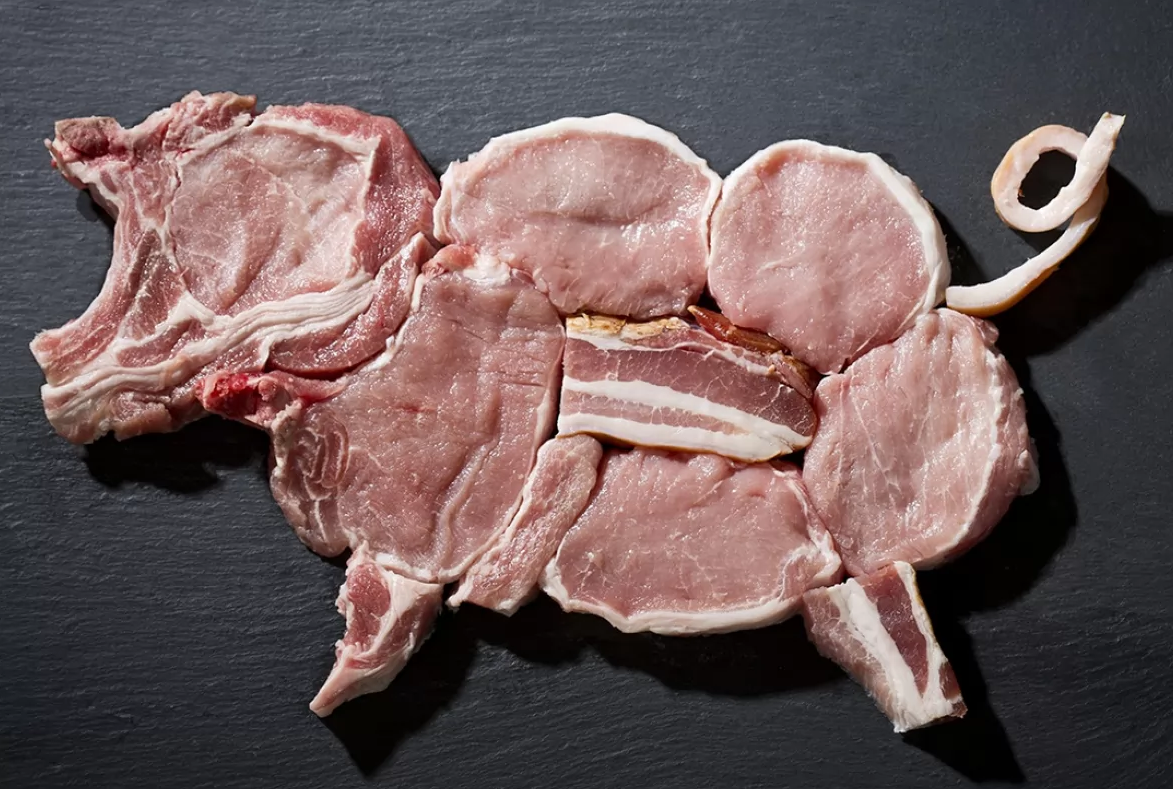How China’s tariffs on US pork affect Brazil

On March 4, the Chinese government decided to impose new tariffs on US agricultural exports, ranging from 10% to 15%, in retaliation for the import tariffs imposed by US President Donald Trump. Products such as wheat, corn, and chicken will have an additional 15% rate, while pork, beef, soybeans, fruit, and other items will have an extra 10% tariff. The measures are expected to come into effect on March 10.
Regarding pork, US exports to the Chinese have been falling year after year, after reaching a peak of 940.7 thousand tons in 2020, at the height of the African swine fever crisis in the Asian country. In 2024, 209.3 thousand tons were exported to China, compared to 229.7 thousand tons registered in 2023, down 8.87%. Since 2021, Brazil has sold a larger volume to China in comparison to the USA.
On average, Brazil sold 20,000 tons a month to the Chinese in 2024, which is good, even if it is far from the approximately 45,000 tons a month registered in 2021. With the additional tariffs, it will be more expensive for China to buy from the United States, which may lead it to make purchases from Brazil and Europe. Even if the increase in purchases of Brazilian products is modest, it already tends to bring a favorable picture, since our domestic production is lean this year.
It is worth noting that the prices of pork and live animals do not have room to increase at the moment in China, reflecting a comfortable supply scenario compared to the existing demand in the interior of the country. Therefore, the Asian country does not need to intensify purchases on the international market. Attached is the chart of the May live pig futures contract listed in Dalian. According to recently released government data, Chinese production reached 57.0 mln tons in 2024, down 1.52% from the 57.9 mln registered in 2023.
On the other hand, per capita pork consumption fell 7.87%, from 30.5 kilograms in 2023 to 28.1 kilograms in 2024. The economic slowdown and the decline in household confidence justify this movement. The Chinese government has been implementing expansionist measures, such as increasing credit lines and reducing interest rates, but the practical effect on the real economy should take time to become visible.
Another important piece of information is the number of matrices in the country, which is above what is considered normal. At the end of 2024, it was estimated at 40.8 mln head, compared to the Chinese government’s target of 39 mln head.
For almost 30 years of expertise in the agri markets, UkrAgroConsult has accumulated an extensive database, which became the basis of the platform AgriSupp.
It is a multi-functional online platform with market intelligence for grains and oilseeds that enables to get access to daily operational information on the Black Sea & Danube markets, analytical reports, historical data.
You are welcome to get a 7-day free demo access!!!
Read also
UkrAgroConsult presents market research on Ukraine’s livestock sector
Turkey’s Grain Production Expected to Drop 12% in 2025
Weather in major exporting countries remains favorable for harvesting and sowing
Brazil to set new records in soybean production and exports in MY 2025/26
Export demand for barley in Ukraine is growing, but supply remains low
Write to us
Our manager will contact you soon


